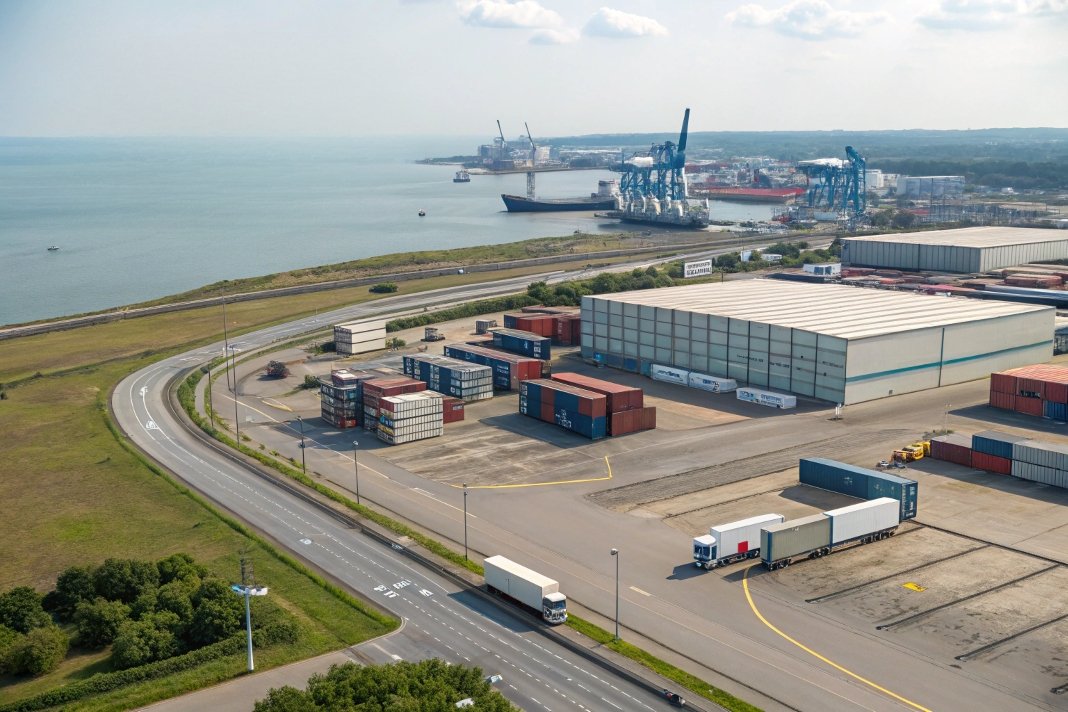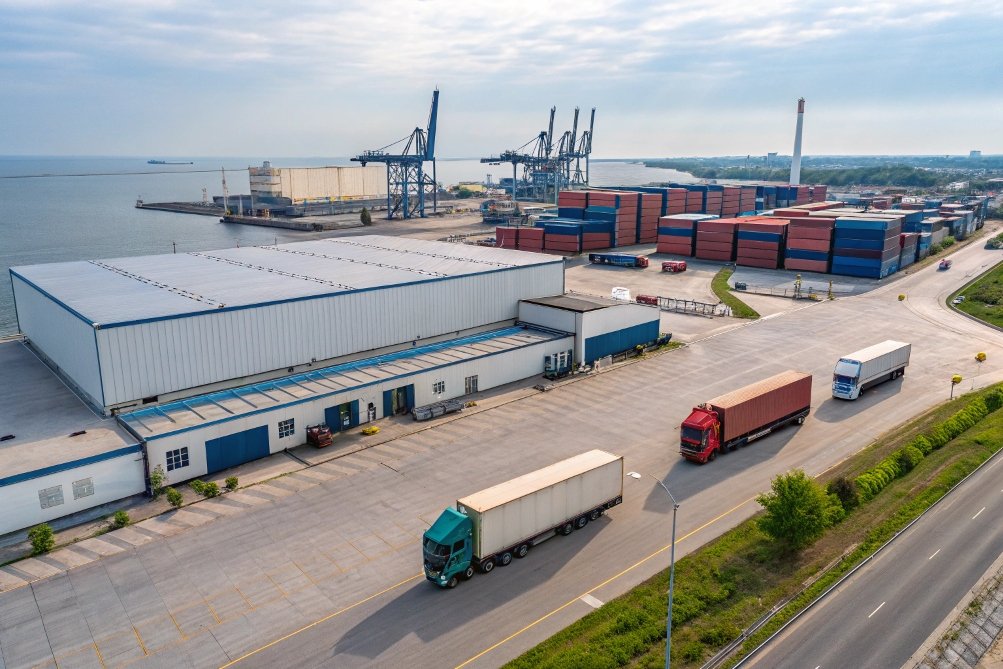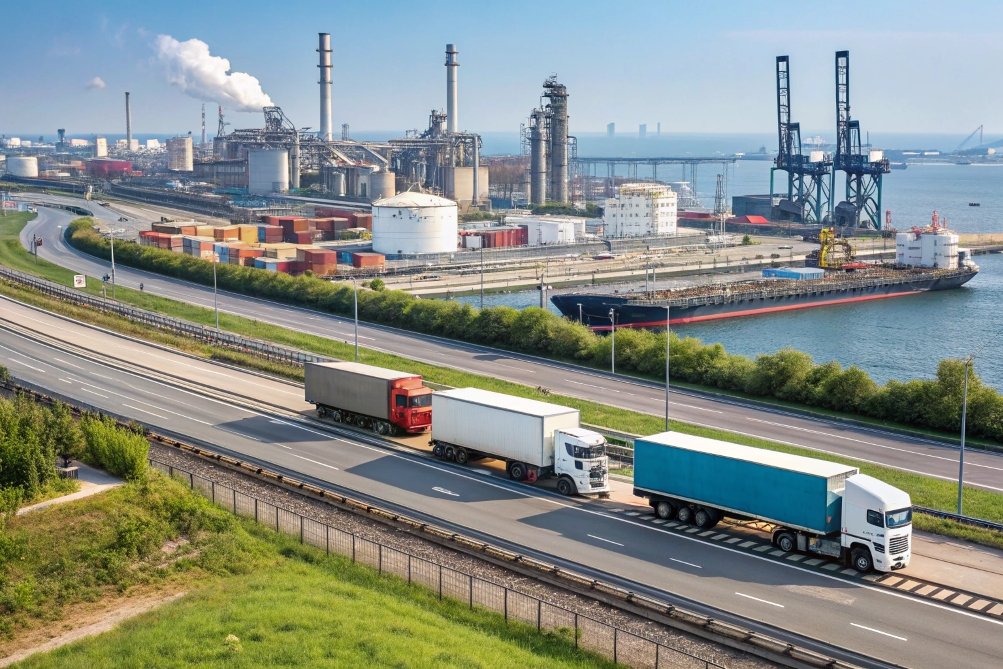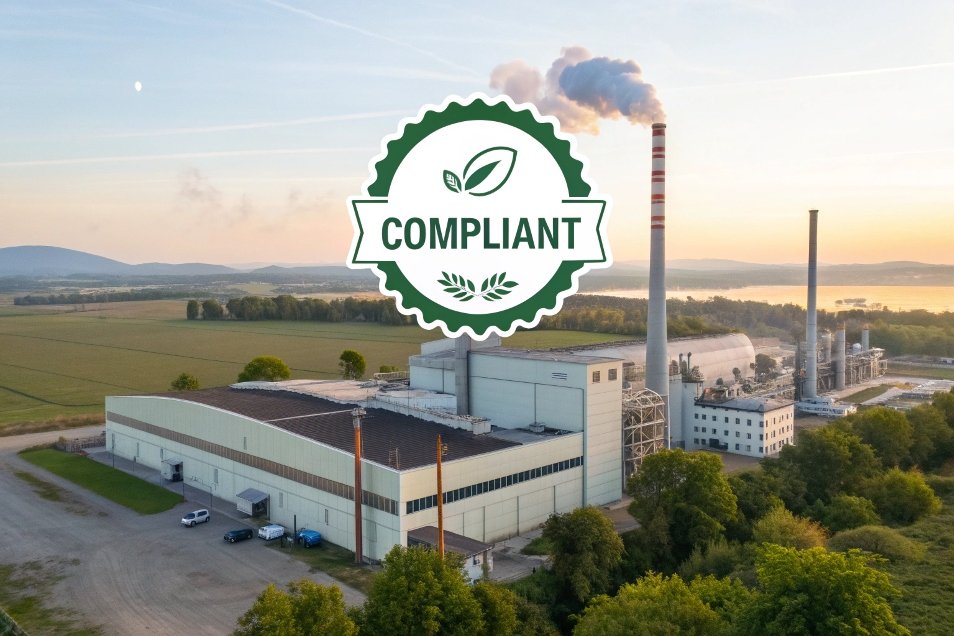
In my experience, the location of a factory plays a pivotal role in the success of sourcing custom parts. Choosing the right factory location can have a direct impact on production costs, lead times, and even the quality of your final product. Over the years, I’ve found that the proximity to raw materials, labor costs, and logistics all play a huge role in the final outcome of any manufacturing project.
Factory location1 is critical when sourcing custom parts because it influences not only production costs and lead times but also the overall efficiency of the supply chain.
This article will explore how factory location impacts production, the key factors you should consider when choosing a location, and why you should pay attention to local regulations and infrastructure.
How Does Factory Location Affect Production Costs and Lead Times?

The location of a factory has a significant impact on both production costs2 and lead times3. Factories located closer to raw material sources or shipping hubs can reduce overall costs and accelerate delivery times, providing a competitive edge.
The Impact of Factory Location on Costs and Lead Times
| Factor | How It Affects Production Costs | How It Affects Lead Times |
|---|---|---|
| Proximity to Raw Materials | Factories near raw materials reduce transportation costs, saving money. | Shorter travel time for materials, speeding up production. |
| Labor Costs | Locations with lower wages reduce manufacturing costs. | Reduced need for overtime, which can improve lead times. |
| Shipping and Logistics | Factories closer to ports or highways reduce freight costs. | Faster shipping options reduce the overall delivery time. |
| Energy Costs | Regions with lower energy prices can help decrease production expenses. | Stable energy costs ensure consistent, uninterrupted production. |
| Regulatory Costs | Local regulations can impact operational costs and need for compliance. | Compliance with regulations may cause delays if not managed properly. |
Why These Factors Matter
In my experience, if a factory is located far from raw material sources or key logistics hubs, it often leads to higher costs and longer lead times. For example, factories in remote regions might face challenges in obtaining raw materials quickly, which can result in delays or increased costs. On the other hand, choosing a factory near ports or well-connected transportation networks helps cut down on both shipping costs and delivery times.
What Factors Should You Consider When Choosing a Factory Location for Custom Parts?

Choosing the right factory location requires considering multiple factors that affect the entire supply chain. Key aspects like labor availability, access to raw materials, transportation infrastructure, and regulatory environment can make or break the sourcing process.
Key Factors to Consider When Selecting a Factory Location
| Factor | Why It Matters |
|---|---|
| Proximity to Suppliers | Being close to suppliers can reduce lead times and transportation costs. |
| Labor Availability and Skills | Locations with skilled labor force reduce the risk of defects and production delays. |
| Infrastructure and Logistics | Access to well-developed infrastructure ensures smoother shipping and handling. |
| Regulatory Environment | A factory in a region with favorable regulations can reduce compliance costs and delays. |
| Political Stability | Factories in politically stable regions are less likely to experience disruptions or strikes. |
The Importance of Each Factor
When I’ve chosen a factory location, I focus on labor costs, availability of raw materials, and the infrastructure in place to support the logistics. For instance, a factory in a city with excellent roads, ports, and airports is ideal for efficient shipping. At the same time, skilled workers in the region help improve the overall quality of the parts being produced.
Why Should You Consider Local Regulations and Infrastructure When Selecting a Factory Location?

Local regulations and infrastructure are crucial when selecting a factory location, as they directly impact the cost-effectiveness and efficiency of the production process. Understanding the legal environment and available infrastructure ensures smoother operations and avoids costly setbacks.
Why Local Regulations and Infrastructure Matter
| Factor | How It Impacts Sourcing Custom Parts |
|---|---|
| Regulatory Compliance | Compliance with local laws and environmental standards is essential for avoiding legal penalties. |
| Transport Infrastructure | Access to highways, ports, and airports ensures faster delivery and reduced shipping costs. |
| Utility Availability | Reliable access to electricity, water, and internet is essential for consistent production. |
| Health and Safety Standards | Factories that adhere to strict health and safety regulations are less likely to face disruptions or accidents. |
Managing Regulations and Infrastructure Challenges
When selecting a factory, I always make sure to assess the local regulatory environment. Some regions may have more stringent environmental or labor laws that could increase costs or create delays. Additionally, robust infrastructure, such as reliable transport systems and utilities, ensures that the factory can deliver on time and keep production moving smoothly. The right combination of regulation and infrastructure reduces risks and makes for a more efficient supply chain.
Conclusion
Choosing the right factory location is one of the most important decisions when sourcing custom parts. It affects everything from production costs and lead times to the reliability of your supply chain. By considering factors such as proximity to suppliers, labor availability, infrastructure, and local regulations, you can optimize your sourcing strategy and ensure a smoother, more cost-effective production process.
Understanding the significance of factory location can help optimize your sourcing strategy and improve production efficiency. ↩
Exploring production costs can provide insights into cost-saving strategies and enhance your overall manufacturing process. ↩
Learning about lead times can help you streamline operations and improve delivery schedules, crucial for customer satisfaction. ↩

